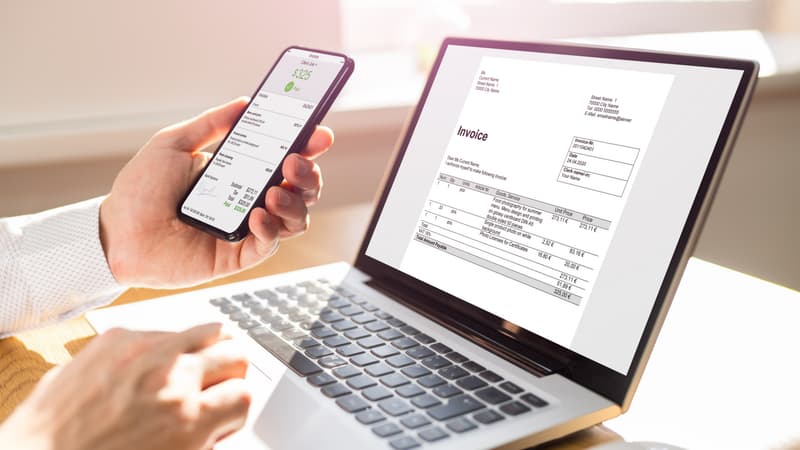Psychologist, banking advisor and now forger. Clearly, chatbots, like ChatGPT, know how to fill all the roles. In fact, these artificial intelligence tools also work well when it comes to manipulating and generating fake invoices, according to the Financial Times.
It is not necessary to have computer knowledge or photo editing. With a simple notice (a deposit), the user can request to modify an invoice. Quantity, date or number of guests at the table: AI tools falsify any line, or even generate a completely false document. An effective tip for inflating business expense reports.
One million dollars in fraudulent invoices
And the result is surprising. The bills are slightly wrinkled, the menus are coherent. Sometimes even the receipts are signed. “These receipts have gotten so good that we tell our customers, ‘Don’t trust your eyes,'” observes Chris Juneau, senior vice president and head of product marketing at SAP Concur, one of the world’s leading spending platforms. Several US expense software programs are concerned about the influx of AI-generated income.
According to software provider AppZen, AI-generated fake receipts accounted for about 14% of fraudulent documents submitted in September, up from none last year. A process that causes companies to lose thousands of dollars. The fintech group Ramp indicates that its new software allowed it to detect more than a million dollars in fraudulent invoices in 90 days.
From AI to AI detection
Most observers saw this significant increase in fake invoices generated or altered by AI after the launch of OpenAI’s GPT-4o in March 2024. About 30% of US and UK financial professionals surveyed by expense management platform Medius said they saw an increase in falsified receipts after the model’s launch.
OpenAI told the Financial Times that it takes action when its policies are violated. Images generated by ChatGPT also contain metadata indicating that they were created by AI.
Faced with this scourge, companies have turned to AI to detect false invoices generated by it. This software scans receipts to verify the image’s metadata and determine if it was created by an artificial intelligence platform.
The only drawback is that this metadata can be removed by taking a photo or screenshot of the image. Therefore, the software must take into account other information, such as the repetition of names, dishes or times. Therefore, it is best to avoid eating steak and chips at a restaurant every lunchtime.
Source: BFM TV


